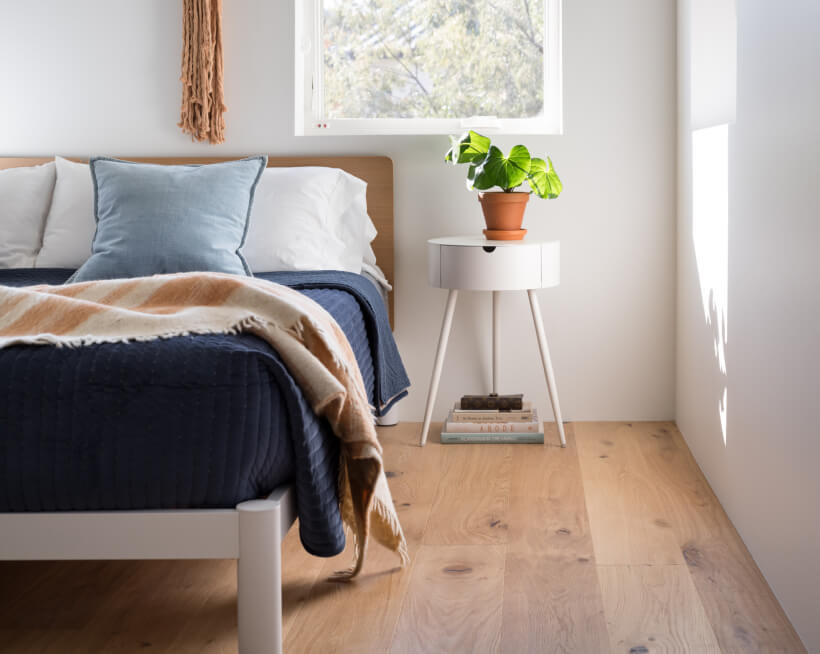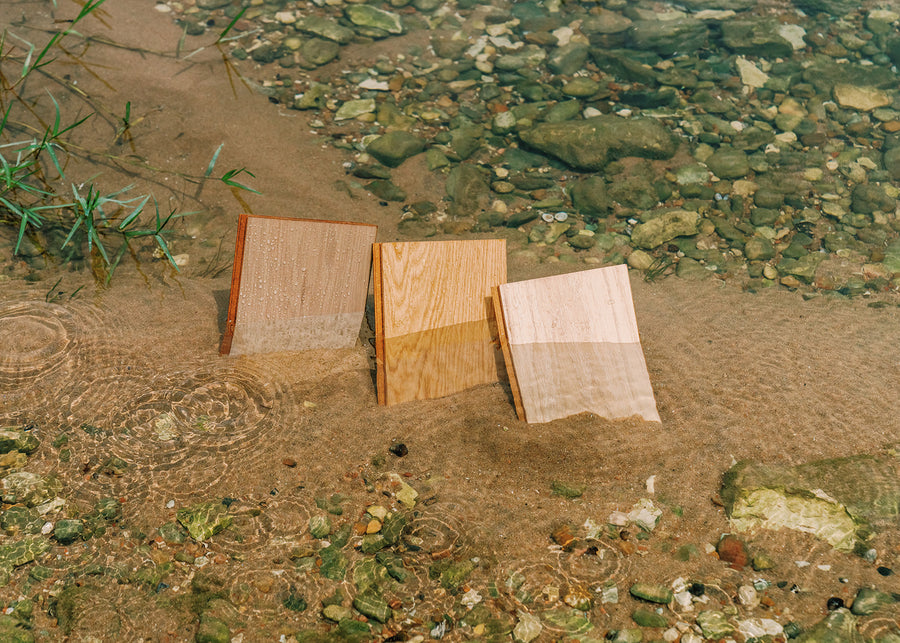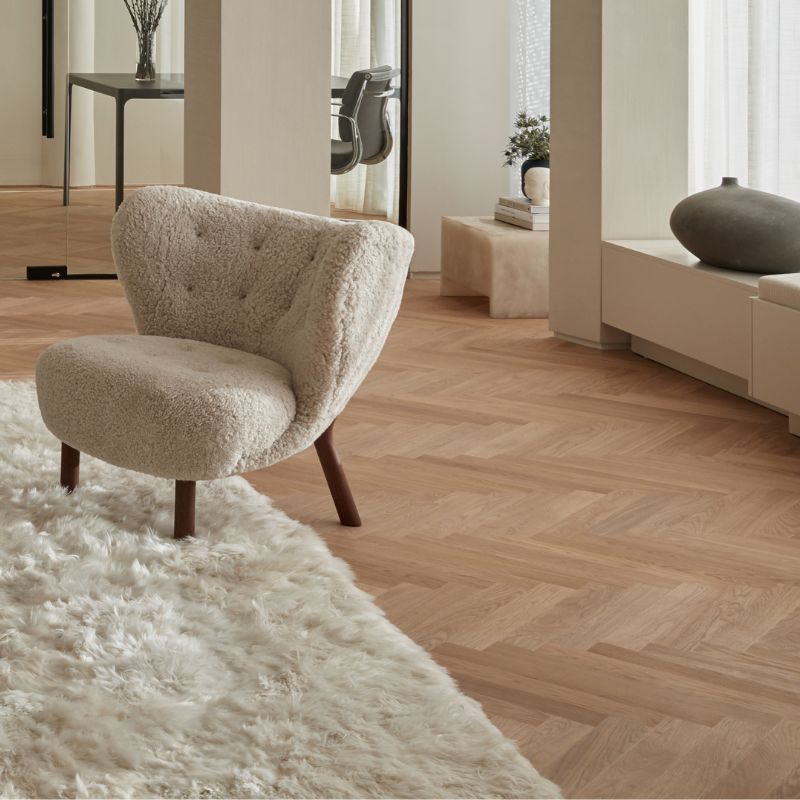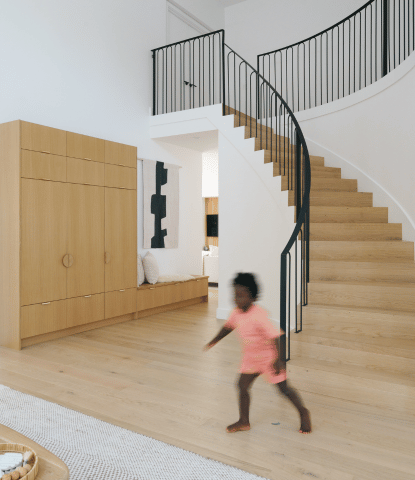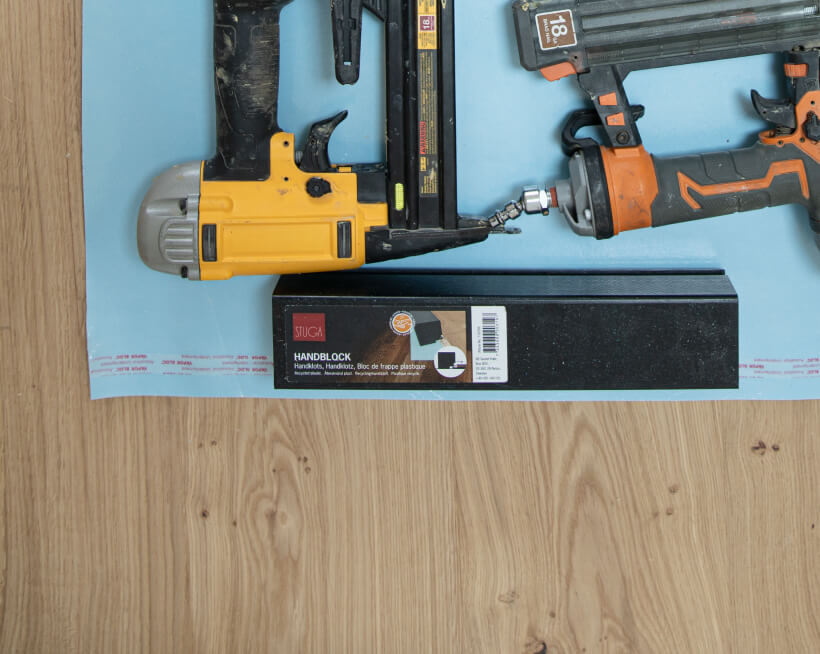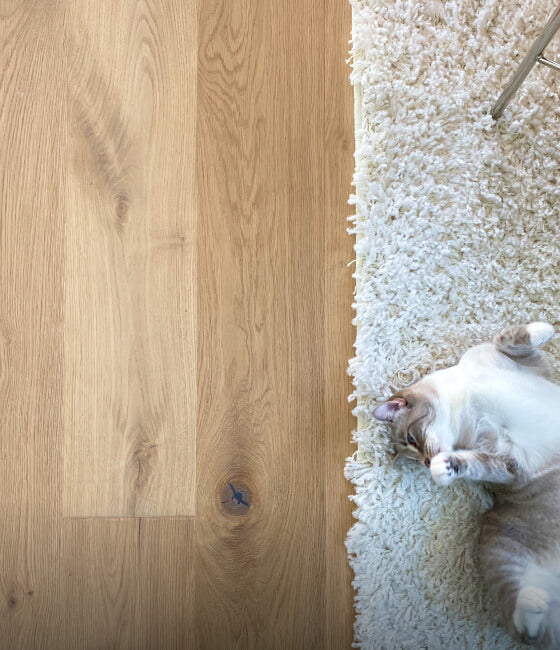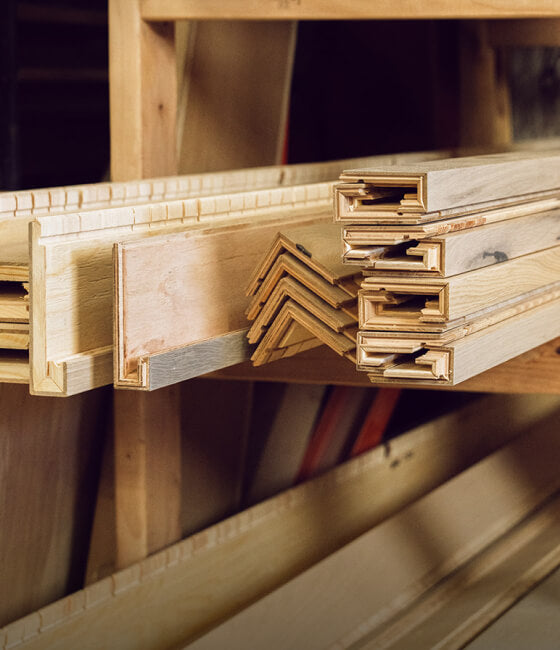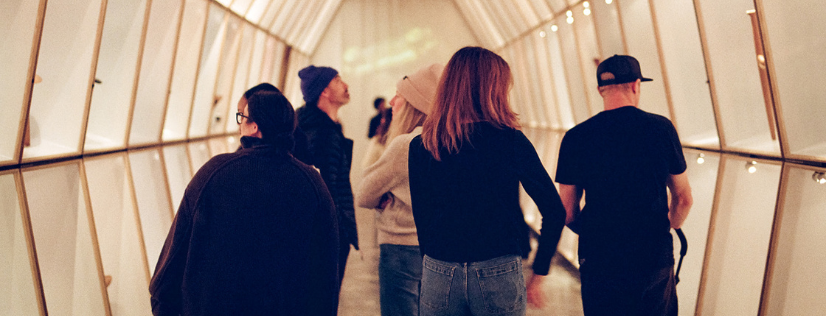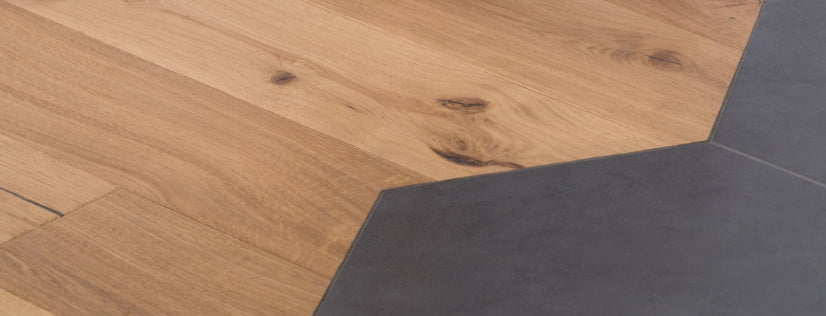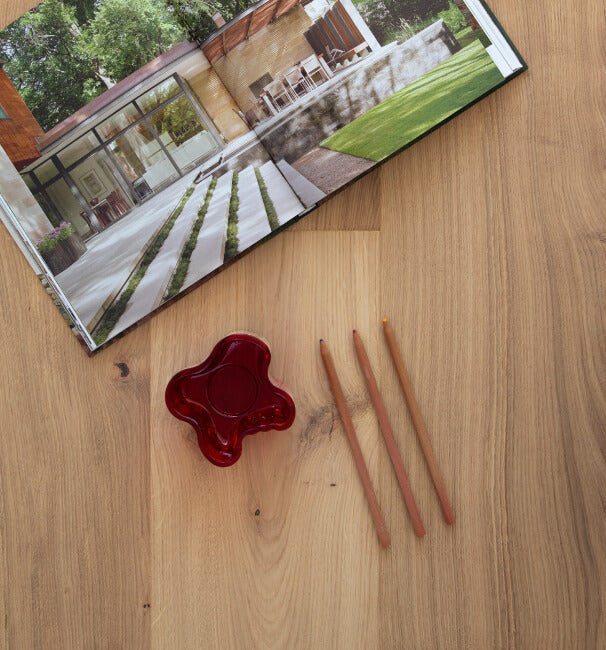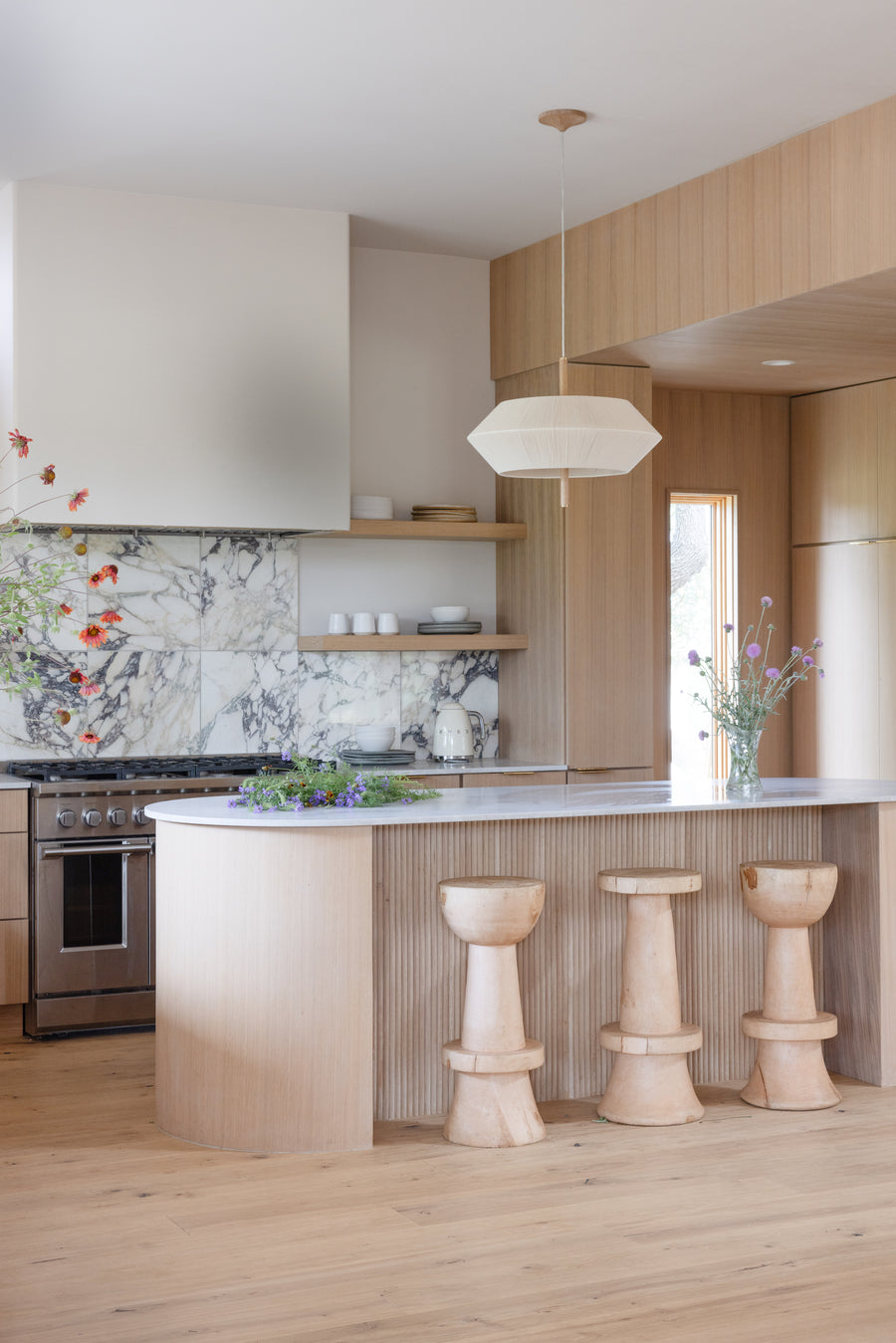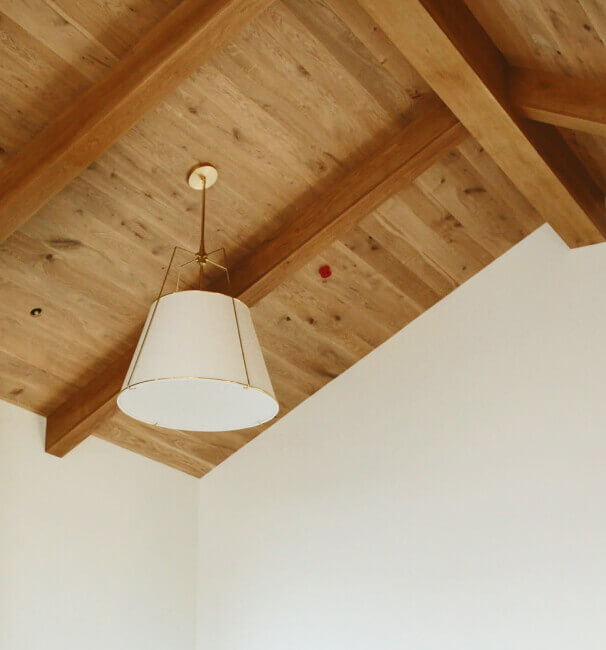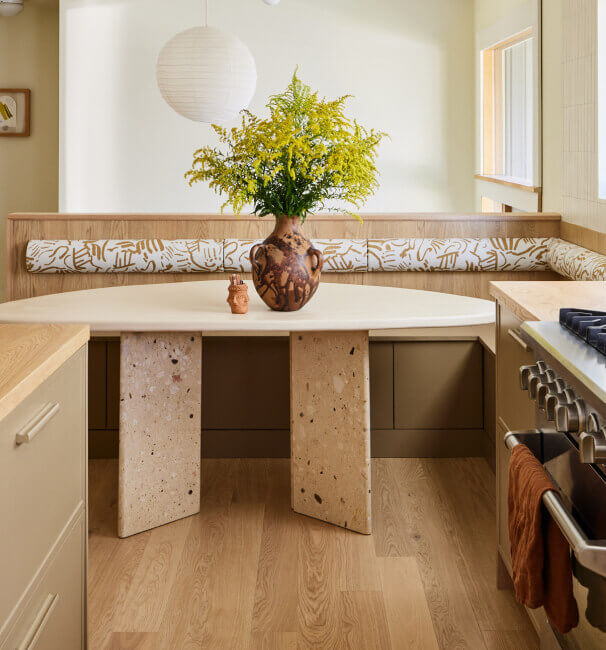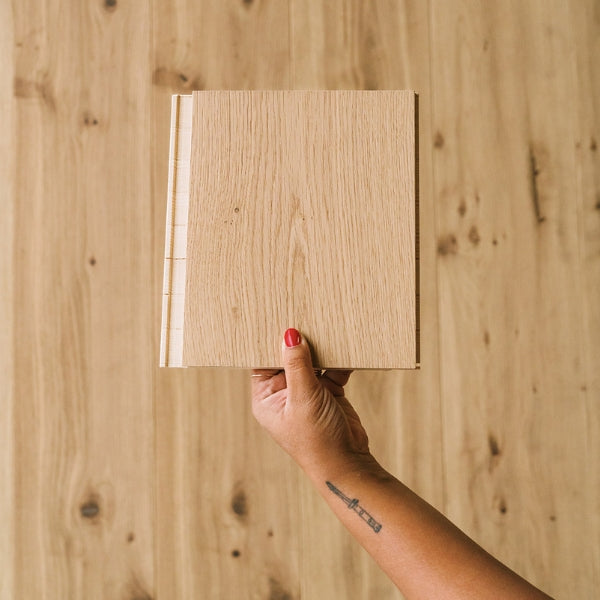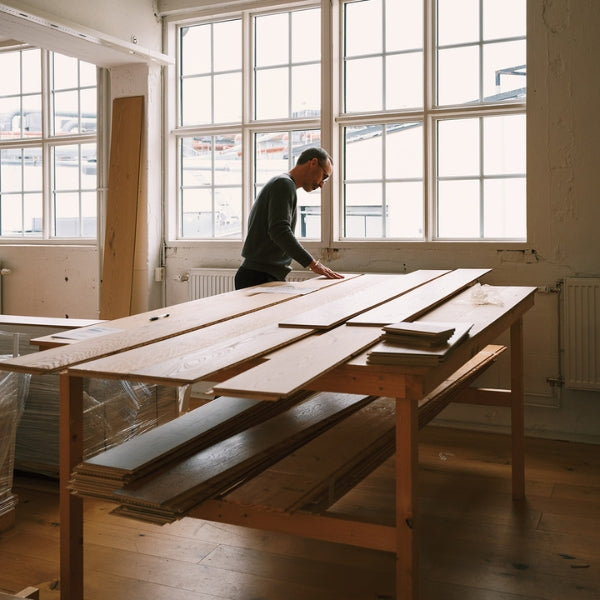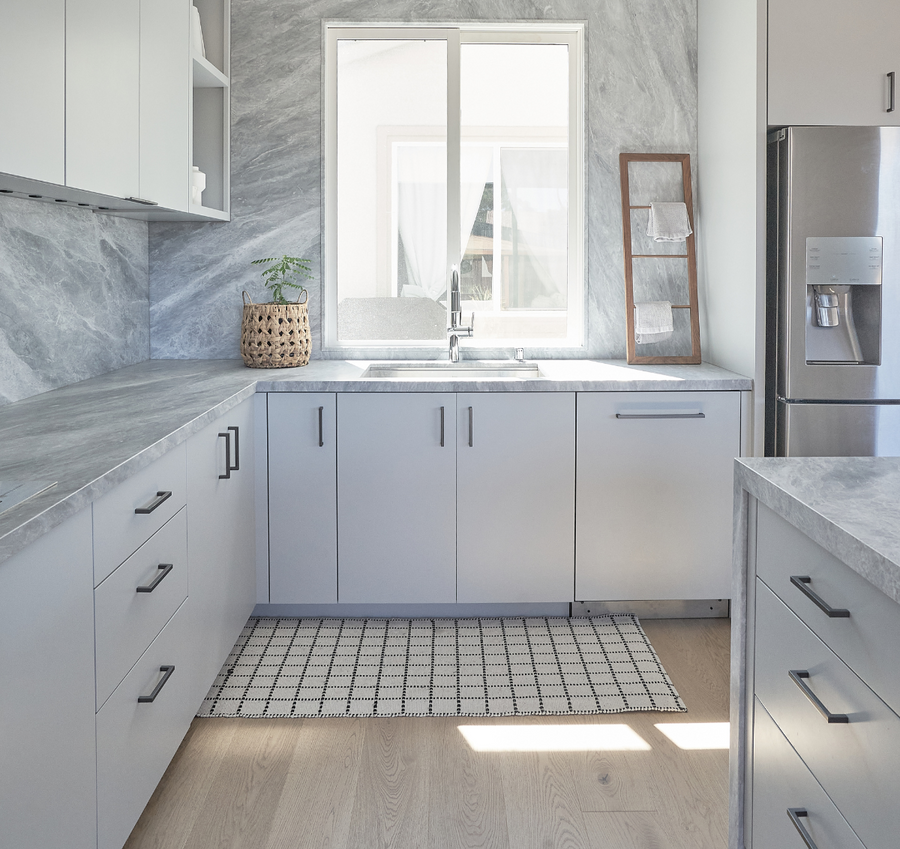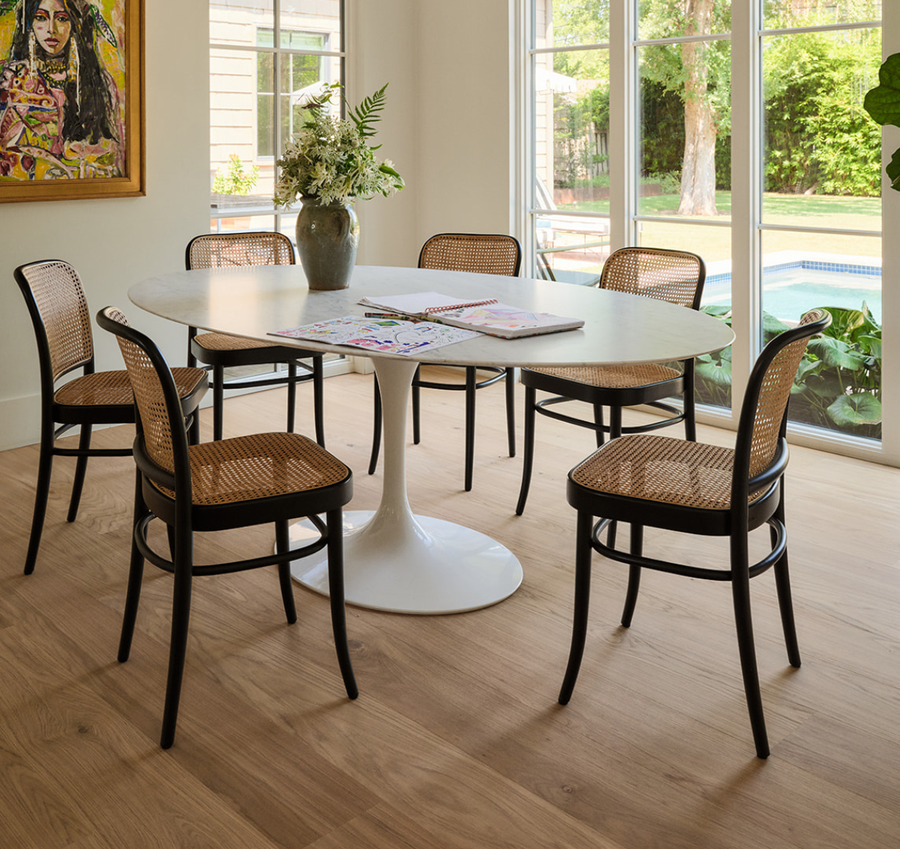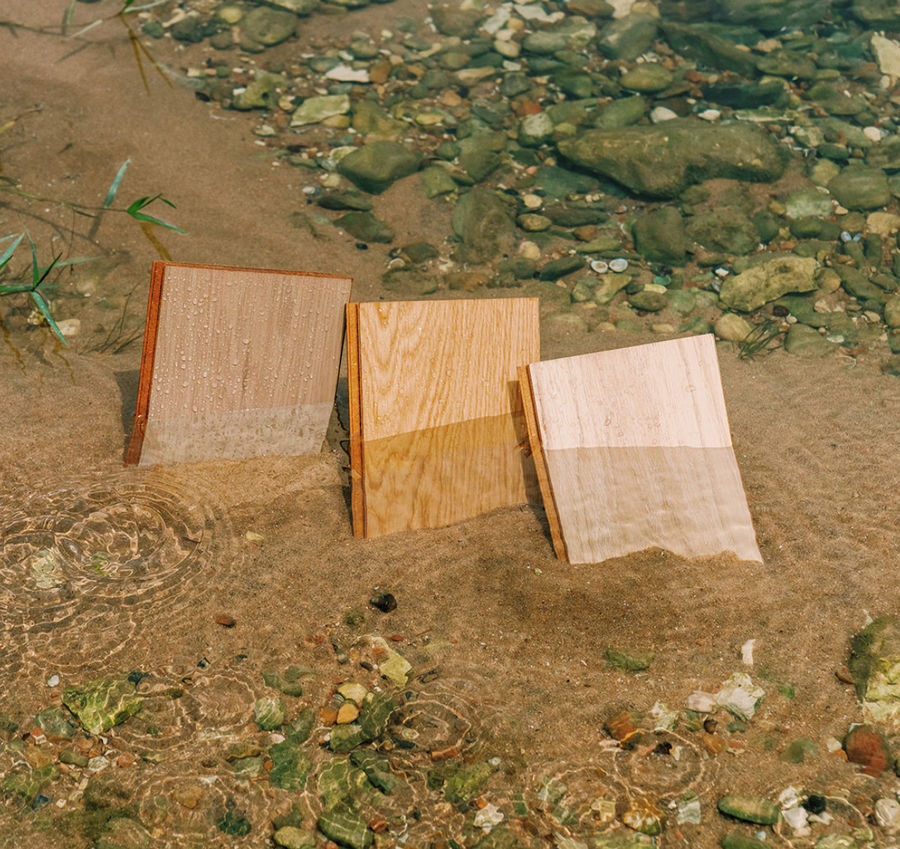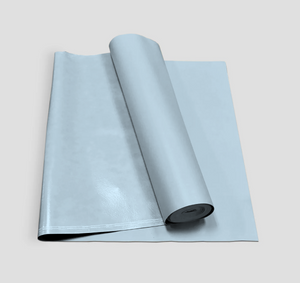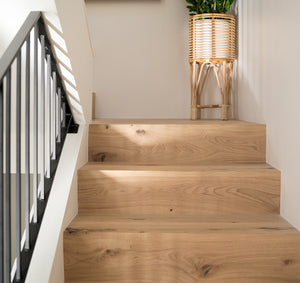March 01, 2022
How to Estimate the Total Cost of New Wood Flooring
by Haley Holm-Pedersen
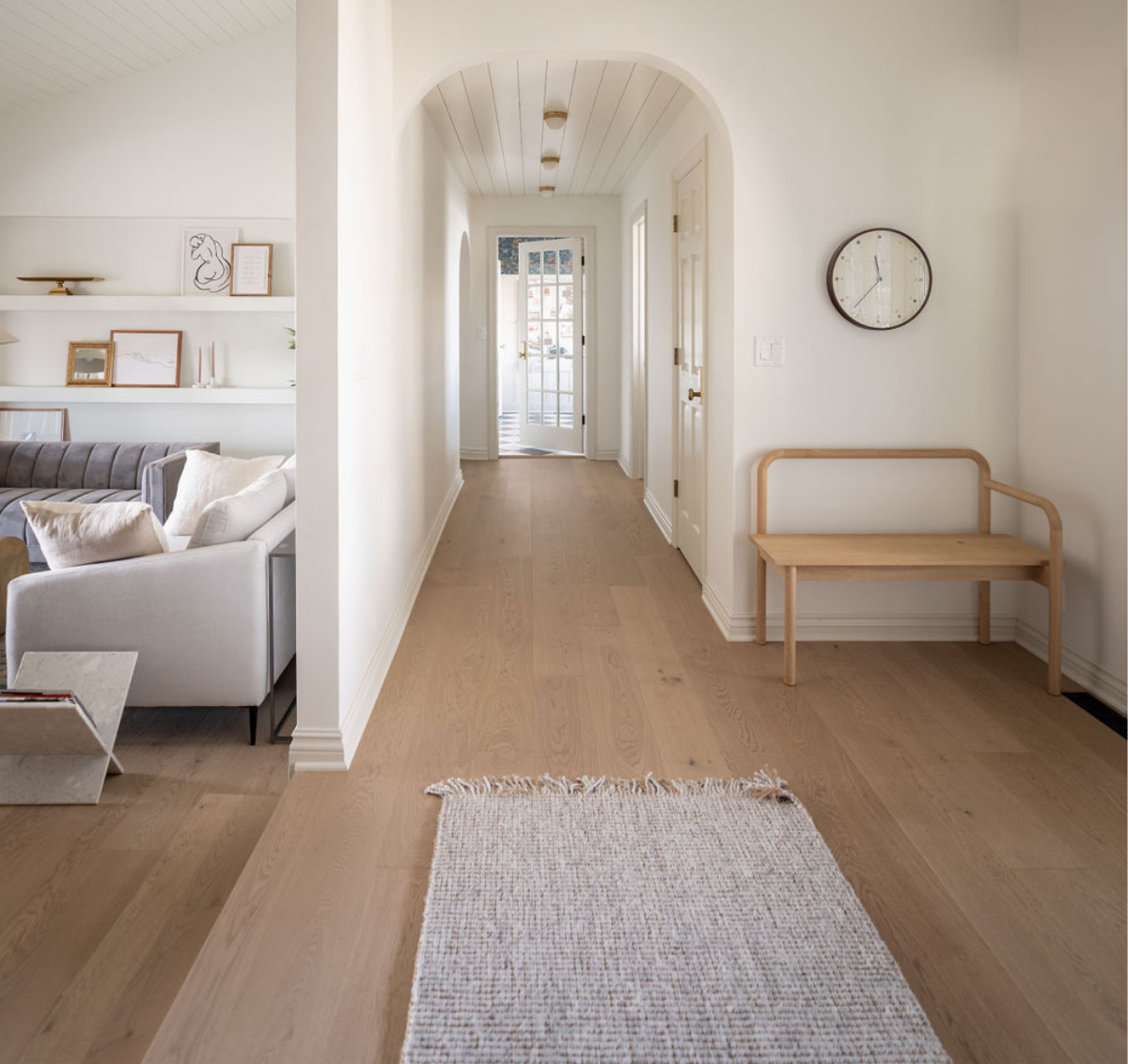
Photo: Hugo Landa Garcia | Design: KH Interiors
When planning your budget for new hardwood flooring, it’s smart to include more than just materials. There are accessories to consider, as well as installation costs. Here’s a list of the costs that might apply to your project, so you can create a budget that’s on point.
Overage
One of the first things you’ll price out when budgeting for your new floor is the cost of materials. We make all our pricing transparent and easy to find, so don’t worry about going through a sales rep to find out what you can afford. When you do start to calculate the costs, make sure you include your total square footage needs PLUS overage.
What’s overage? Overage is just an extra percentage of material that helps you cover waste from cuts made during install. At Stuga, we recommend 8% overage instead of the industry standard, 10%. That’s because we know that every board you receive will be in usable condition. And if you receive unusable damaged boards from particularly rocky shipping, we’ll send you replacements.
You can easily find your total flooring needs using our calculator, which is found on each product page. It’s easy to add overage - the option to include 8% overage is automatically selected.
Installation
Installation is a major cost to consider. If you plan to hire an installer (rather than DIY’ing), head to our preferred installers list or the NWFA to find a pro. You can expect to pay around $4 per square foot for quality installations, although the rate can vary significantly by market. 
There are also additional costs associated with removing your existing floor covering, which can range from $1-2 per square foot depending on the market. You can avoid these costs by removing any existing floor coverings on your own. Just be aware that subfloor prep may exist after tear out, which we discuss below.
Subfloor
In most cases, your subfloor will need some work before your new floors can be installed. It's essential that your subfloor is firm, flat (1/8" within an 8' radius), and dry. Sometimes this is as simple as pouring a self-leveling compound on a concrete slab. If you have an old plywood subfloor, though, it could need replacement.
Typically, any subfloors repairs aren't budgeted since you're unaware of any issues until work begins. This is very often a source of budget creep, and can be a point of contention between you and your installer. Our advice is to bring this up as early as possible with your contractor. Acknowledging what may be coming is a great first step in avoiding future conflicts.
Underlayment
If you are floating or stapling down your floor, underlayment is a must for full warranty protection. Our Nature All-In-One can be used for both staple down and floating methods.
If you’re gluing down your floors, we recommend a low-VOC option like Bona R851 or Bostik Greenforce. Stuga does not sell glue, so you’ll need to pick that up separately (or your installer can source it for you). When gluing down on concrete, it's essential to either seal the concrete or use an adhesive with a moisture barrier built in, since moisture coming from the slab is a common source of issues with wood floors.
Baseboards
In many installations, baseboards are removed before the floors are laid, meaning you will need to budget for replacing and painting your new baseboards.
If you are able to undercut your existing baseboards, you may not need to budget for replacements. Or, you might install close to your baseboards and add shoe molding to cover the gap. If that’s the case, be sure to consider the cost of the shoe molding material and painting.
Transitions
For floating installations, transition strips are necessary anywhere that your flooring meets another type of floor or fixed object since a floating floor needs an expansion gap around its perimeter. Stapling and gluing don’t rely on strips for transitions since they don’t require expansion gaps - they have more flexibility for flush transitions and other options. You can learn more about creating beautiful, custom-looking transitions here.
Stairs
Planning to renovate your staircase, too? Be sure to factor in the cost of your stair parts. Depending on the width of your steps, you may be able to cut one of our stair nosings in half to cover two steps with each.
Stair measurements get complicated, but don’t worry - we have a guide that walks you through the process. And you can always talk it over with us by call or email!
Oil
All of our acrylic floors are ready to install and enjoy. But oiled floors need a little extra love. Oiled floors arrive with a light oil coat applied at the factory, but need one, light layer of Satin Oil right after installation.
One bottle of Satin Oil will cover 1,500-2,000 square feet; in other words, it goes a long way. Make sure you use a light hand when oiling your floor (see a how-to video here)!
Depending on the size of your space, you may want to order an extra bottle of oil to have on hand for touch-ups over the years.
Cleaning Supplies
When you place your flooring order, we’ll send you a free cleaning kit that includes our spray cleaner, a dust mop, and a microfiber pad. You may be tempted to skip the cleaner for one you’ve used in the past, but we seriously advise against it. Our cleaner is designed specifically for our floors. Other cleaners (including natural ones) are not approved for use on Stuga floors and can cause problems not covered by warranty, like simply leaving a foggy residue or breaking down the finish on your floor.
While cleaning supplies won’t add to the total cost of your floor immediately, it’s a good idea to reorder our spray cleaner when your first, free bottle is empty.
Sales Tax
Sales tax doesn’t apply to every state, but it does in many. It adds up, so don’t forget tax when budgeting for your floors. You can easily find out if sales tax applies to you by clicking on “Checkout” and entering your shipping address (don’t worry, you can back out after this step and place the order later).
Thinking through these line items will help you set a realistic budget from the jump. Our team has been in your shoes, and we’re here to help you with every step from planning your purchase to living on your dream floors. Give us a call or send us an email with any questions!
